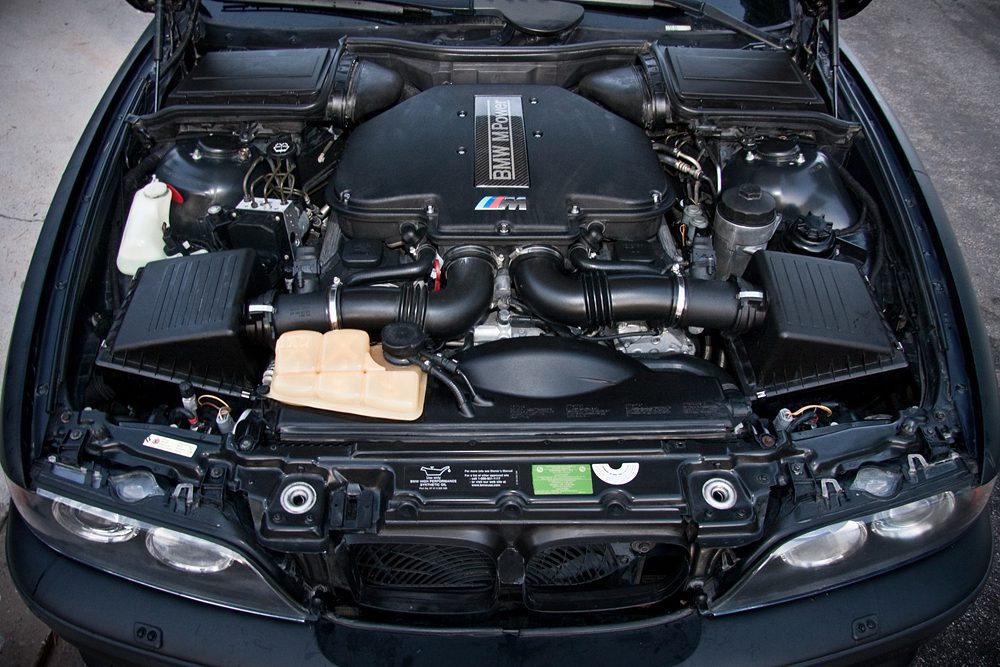Discovering the most effective Offers on Opel Corsa Engine Parts
Discovering the most effective Offers on Opel Corsa Engine Parts
Blog Article
Checking Out the Inner Operation of a Compact Vehicle's Engine System
As chauffeurs, we frequently take for provided the detailed procedures that happen within the boundaries of our automobile's engine system. The portable yet complicated machinery that propels us forward is a marvel of design precision and sychronisation. From the controlled surges in the burning chamber to the thorough timing of gas injection, every component plays a vital role in the smooth operation of the engine. In this expedition of a portable car's engine system, we will certainly decipher the internal functions of this mechanical harmony, losing light on the secrets that drive us ahead on our daily trips.
Burning Process Introduction
The combustion procedure in a compact car's engine system is an important system that successfully converts fuel into power to power the vehicle. This procedure takes place within the burning chamber of the engine, where fuel and air mix, stir up, and create controlled surges. The burning process contains 4 main phases: intake, power, compression, and exhaust.
During the consumption stage, the piston relocates downward, reeling in a mix of air and gas into the burning chamber. The following phase, compression, involves the piston moving upwards, compressing the air-fuel blend to raise its potency. Ultimately, in the power phase, the stimulate plug fires up the pressed mixture, leading to a quick expansion of gases that forces the piston back down. This downward activity creates the power needed to drive the lorry. Lastly, in the exhaust stage, the scorched gases are eliminated from the burning chamber via the exhaust valve, preparing the chamber for the following cycle. This cyclic combustion procedure is basic to the procedure of a compact vehicle's engine system, making sure reliable energy conversion for propulsion.
Piston and Cyndrical Tube Communication

The piston's exact fit within the cylinder is essential for keeping ideal compression and avoiding power loss during burning. Limited clearances between the piston and cylinder wall surfaces guarantee effective sealing, allowing the piston to move efficiently without permitting gases to leak past. Appropriate lubrication is also essential to reduce rubbing and wear in between these parts, improving durability and efficiency.
Additionally, the style and products made use of in manufacturing the piston and cyndrical tube impact engine performance and resilience. Modern engines often employ light-weight yet sturdy products like light weight aluminum alloys for pistons and cylinder liners to lower inertia and enhance thermal effectiveness. Generally, the harmonious communication in between the piston and cyndrical tube is fundamental to the engine's capability and overall performance.
Fuel Shot System Performance
Gas shot systems in portable vehicle engines play an essential duty in exactly supplying fuel to the burning chamber for efficient and controlled ignition. The gas shot system functions by injecting gas into the burning chamber at the ideal moment during the engine's operation (opel corsa engine). This precise timing guarantees that the fuel mixes equally with the air for correct combustion, causing boosted gas efficiency and decreased exhausts
There are primarily 2 kinds of fuel shot systems used in small car engines: port gas injection (PFI) and direct fuel shot (DFI) PFI systems inject fuel right into the intake port before the consumption shutoff, while DFI systems infuse fuel straight right into the burning chamber. Both systems have their benefits, with DFI providing better fuel atomization and PFI giving a much more cost-efficient option.
Recognizing Engine Cooling Devices
Effective procedure of a compact lorry's engine depends heavily on the efficiency of its cooling mechanisms. The cooling system in he said a compact automobile commonly is composed of numerous components functioning with each other to regulate the engine temperature level. Recognizing these engine air conditioning mechanisms is vital for keeping the efficiency and long life of a portable vehicle's engine system.

Exhaust System Parts Explained
The optimum functioning of a portable car's engine cooling mechanisms relies on a corresponding system referred to as the exhaust system, which consists of various important elements for guaranteeing reliable discharges and engine efficiency. The exhaust system includes parts such as the exhaust manifold, catalytic converter, muffler, and tailpipe. The exhaust manifold collects exhaust gases from the engine's routes and cyndrical tubes them to the catalytic converter. The catalytic converter then converts damaging toxins in the exhaust right into less unsafe emissions prior to launching them with the muffler and tailpipe.
One vital part of the exhaust system is the oxygen sensor, which keeps track of the oxygen degrees in the exhaust gases to help regulate fuel intake and ensure optimal engine efficiency. opel corsa engine. Additionally, the resonator might exist in some exhaust systems to decrease sound degrees. Generally, the exhaust system plays a crucial role in check out here maintaining engine effectiveness, reducing damaging exhausts, and making sure a quieter driving experience for portable car owners

Verdict
In verdict, the portable vehicle's engine system is an intricate combination of elements that collaborate to assist in the burning process, convert fuel right into energy, and get rid of waste gases. Comprehending the inner operations of the engine system, consisting of the piston and cylinder interaction, fuel shot system, engine cooling systems, and exhaust system parts, is crucial for keeping optimal efficiency and efficiency of the car.
The burning process in a portable car's engine system is a vital device that effectively see here converts fuel into power to power the car.Fuel injection systems in compact lorry engines play an essential duty in specifically providing fuel to the combustion chamber for efficient and regulated ignition.There are largely two kinds of fuel shot systems used in portable lorry engines: port fuel injection (PFI) and direct fuel injection (DFI) Recognizing these engine air conditioning systems is crucial for maintaining the performance and longevity of a small automobile's engine system.
The ideal functioning of a portable lorry's engine air conditioning systems depends on a complementary system recognized as the exhaust system, which consists of various important components for making sure reliable emissions and engine performance.
Report this page